Getting started with Kanban

Kanban in product development helps to organize the chaos of knowledge work and provides the basis for evolutionary continuous improvement of the flow of work for individuals, teams and larger organizational units.
The purpose to use Kanban is to improve the time it takes for an item of work to flow through the system which is a crucial KPI in our product management world where flexibility, adaptability and speed of learning are king. By achieving better flow, Kanban improves reliability, motivation and fun at work.
The Kanban, a Japanese term literally meaning sign- or billboard, represents a piece of work in a workflow system. Kanban in knowledge work as we use it here is different to its origin in production where the Kanban stands for inventory flowing through a supply chain.
Why Kanban (for Product Development and Management)?
Several flavours of Kanban exist, depending on the so called flight level of the Kanban system related to the scope of organization that it is applied to: personal Kanban to improve personal productivity, delivery-focused Kanban for teams or multiple teams or, most interesting for product management, on an epic or new product level called portfolio Kanban to help control and improve the workflow within a larger organizational scope.In lean startup and lean product management we are also using some very specific examples of pre-fabricated Kanban systems like The Progress Board by Strategyzer to visualize and manage a build-measure-learn loop or even the Experiment Board by Javelin with a similar purpose.
Several types of Kanban
While Kanban is pretty sophisticated, getting started with it is straightforward: Agree to pursue incremental, evolutionary change. If you don’t find an alignment with your team, your organization or even yourself and stakeholders of the initiative, stop here. Else you need to agree with the people in charge that encouraging acts of leadership at all levels is a good idea and you are ready to start your Kanban journey as a system designer: visualize your work, start experimenting with work-in-progress constraints and to manage and improve the flow. We encourage to use the empathy-based, collaborative solution-oriented approach of Design Thinking to get started with a Kanban system design but you may just start with your team after checking out some of the links below:
Getting started with Kanban Links
Kanban Shipbuilding Game instructions video on blog of Klaus Leopold
Practical guide to get started - Priming Kanban by Jesper Boeg
Examples for Board Designs - Kanban Kickstarter Exemples by Henrik Kniberg
Video Klaus Leopold explains Kanban - (German: Kanban im Schnelldurchlauf)
Books
Useful materials to visualize your workflow
Markers for sticky notes: Stabilo Pen 68 or Sharpies
Marker Staedtler permanent S / B / M
Adhesive whiteboard LEITZ 70500001 EasyFlip Foil
Whiteboards (magnetic)

